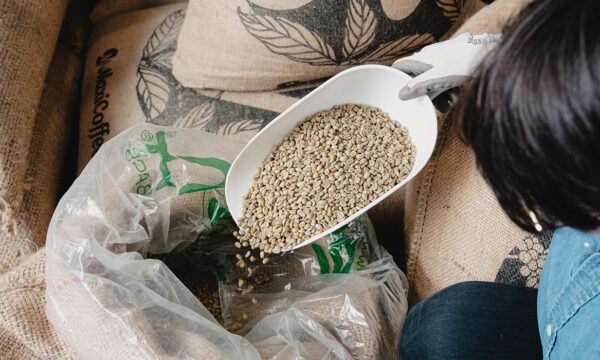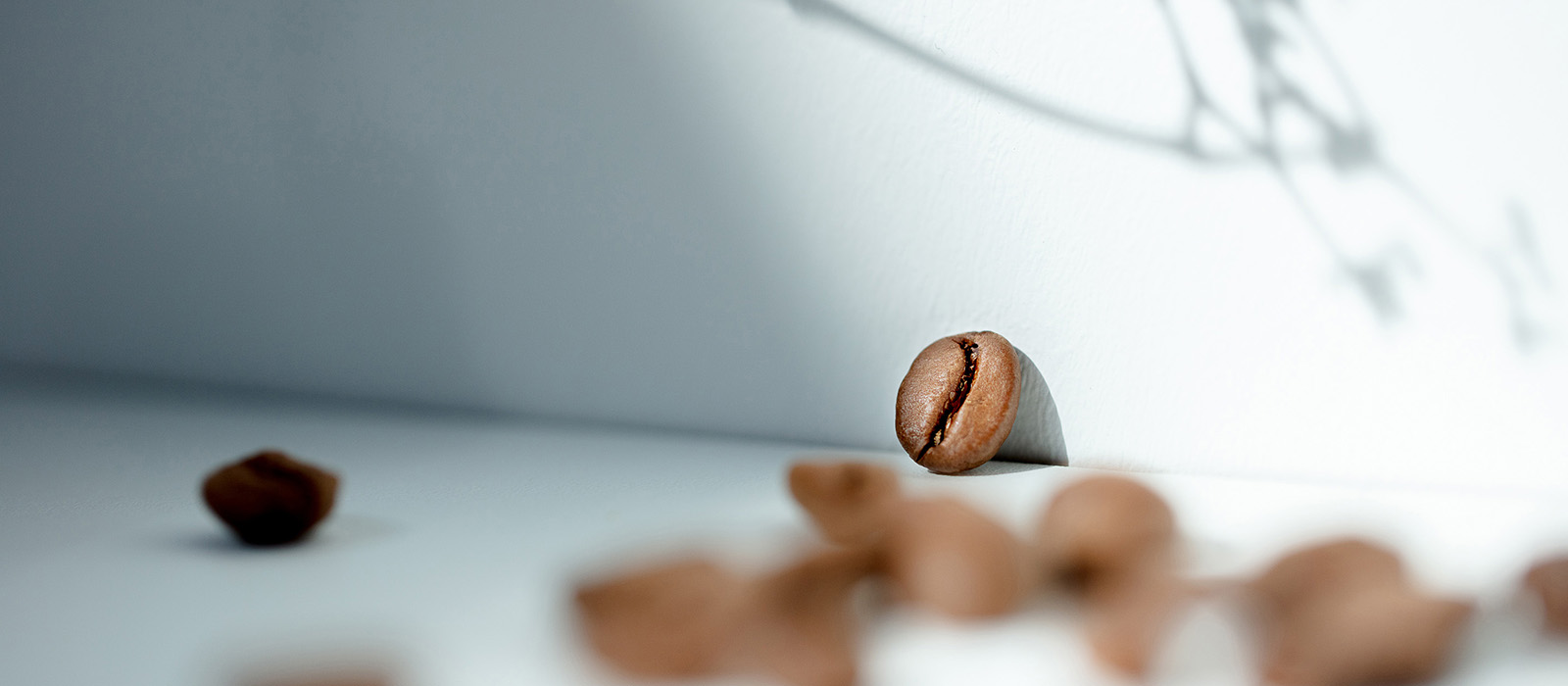
Coffee processing: New experimental processes for green coffees

Written by Julie
Reading time 3 minWhat’s all this about a new variety of coffee? The word is spreading and, if you hadn’t been working from home, the chances are you would have already heard about it at the coffee machine in your office!
It will come as no surprise to coffee lovers that 99% of the world’s coffee production comes from only two species of coffee plant: Arabica and Robusta. What fewer people know is that these two varieties both belong to the Rubiaceae family, which includes the Coffea Genus (Arabica and Robusta come from Coffea Arabica and Coffea Canephora, respectively). Arabica and Canephora (or Robusta) are therefore only two of the nearly 70 species of coffee plant.
A recent study by researchers from the Royal Botanic Gardens in Kew, England, and CIRAD (the French Agricultural Research Centre for International Development) in Montpellier, France, has drawn attention to Coffea Stenophylla, a species that grows wild in West Africa. Also known as Highland Coffee, Coffea Stenophylla is not strictly speaking a ‘new variety’ of coffee. This species tends to be found in Ivory Coast, Sierra Leone and Guinea. Historically, it even played a role in the development of the Robusta coffee beans that we know today. However, these days Coffea Stenophylla is not cultivated for commercial purposes and can only be found growing in the wild.
For a number of years now, coffee crops – of Arabica, above all – have been under threat. This is because of global warming and plant diseases such as rust. A study by the Climate Institute of Australia even predicts a 50% fall-off in the production of Arabica beans by 2050. Faced with this impending disaster, a European consortium has launched a research project to find more resistant coffee species. Research into the bean reserves presented by different coffee plants resulted in the identification of Coffea Stenophylla. It grows at temperatures that are 2°C warmer than Robusta and 6°C warmer than Arabica. In order to assess its flavour qualities, a blind taste test was organised last December. Coffea Stenophylla was found to present ‘a flavour comparable to that of high-quality Arabica’ with additional notes of jasmine and elderflower.
Right now, we drink mainly Arabica and Robusta coffee. The former is more highly sought after, thanks to its finer and more subtle flavour qualities. However, it is also more difficult to grow as it requires somewhat precise climatic and geographical conditions. Robusta, in comparison, is relatively easy to grow. It is more resistant to disease, grows at lower altitudes and is less sensitive to heat. Unfortunately, it is generally agreed that Robusta coffee does not taste as good as Arabica. In the future, Coffea Stenophylla could offer genuine competition to these two varieties and potentially overtake them on the market, because of both its superior flavour (in comparison with Robusta) and its higher tolerance of climatic conditions (in comparison with Arabica).
This species could ensure the future of high-quality coffee,’ says Aaron Davis, Head of Coffee Research at the Royal Botanic Gardens. ‘Future-proofing the coffee supply chain to deal with climate change is vital.’ At the time of writing, the findings from the study have not yet been tested in the field. In 2021, CIRAD will conduct experiments looking into the adaptation of these coffee plants in Sierra Leone. So don’t expect to get the chance to taste this new coffee variety just yet! There will be a short wait – around five to seven years – before it becomes available, first in small quantities and then, if all goes to plan, on the wider market!
Discover all of our articles